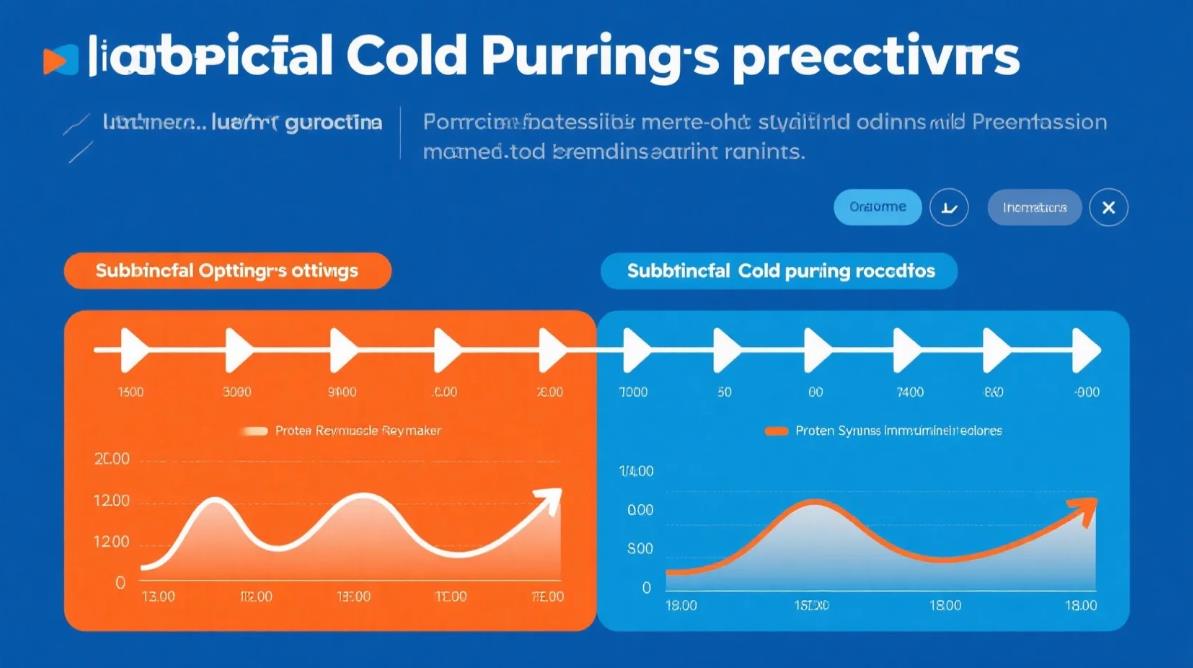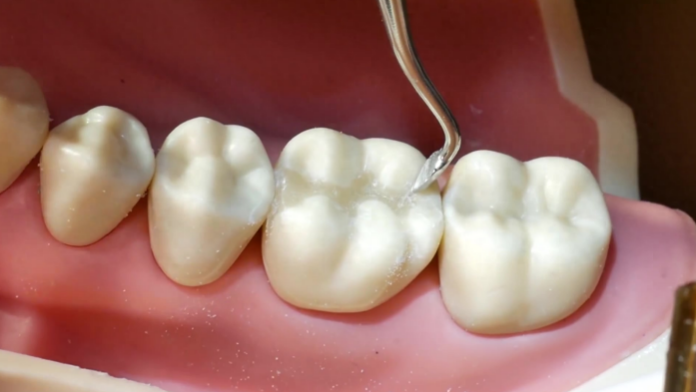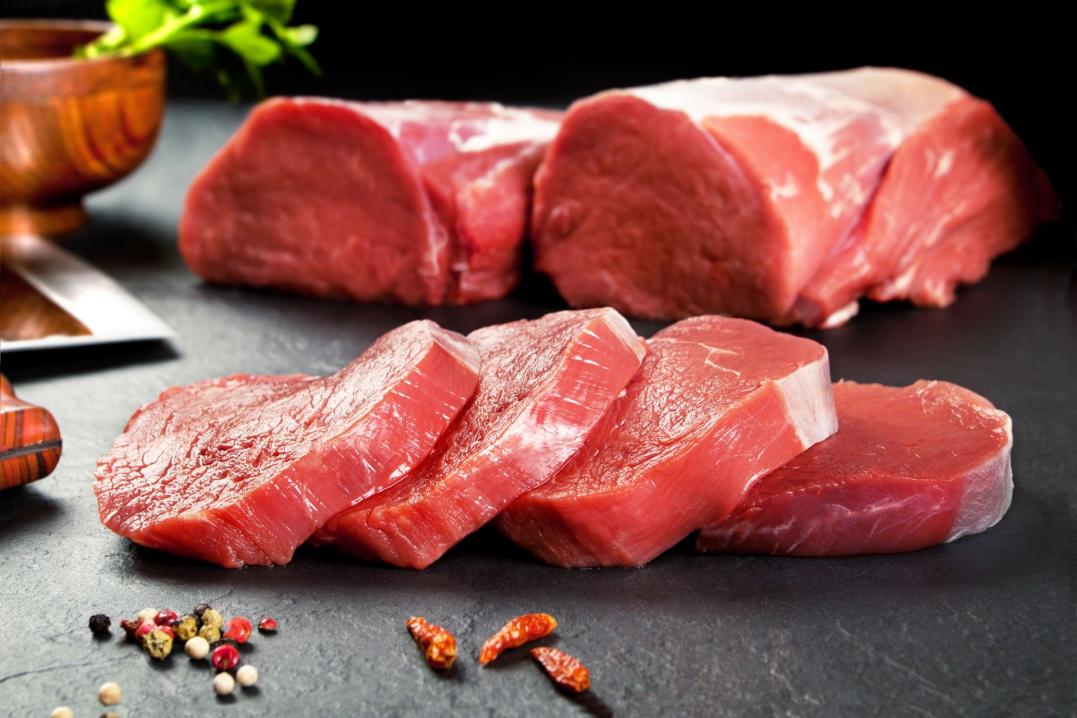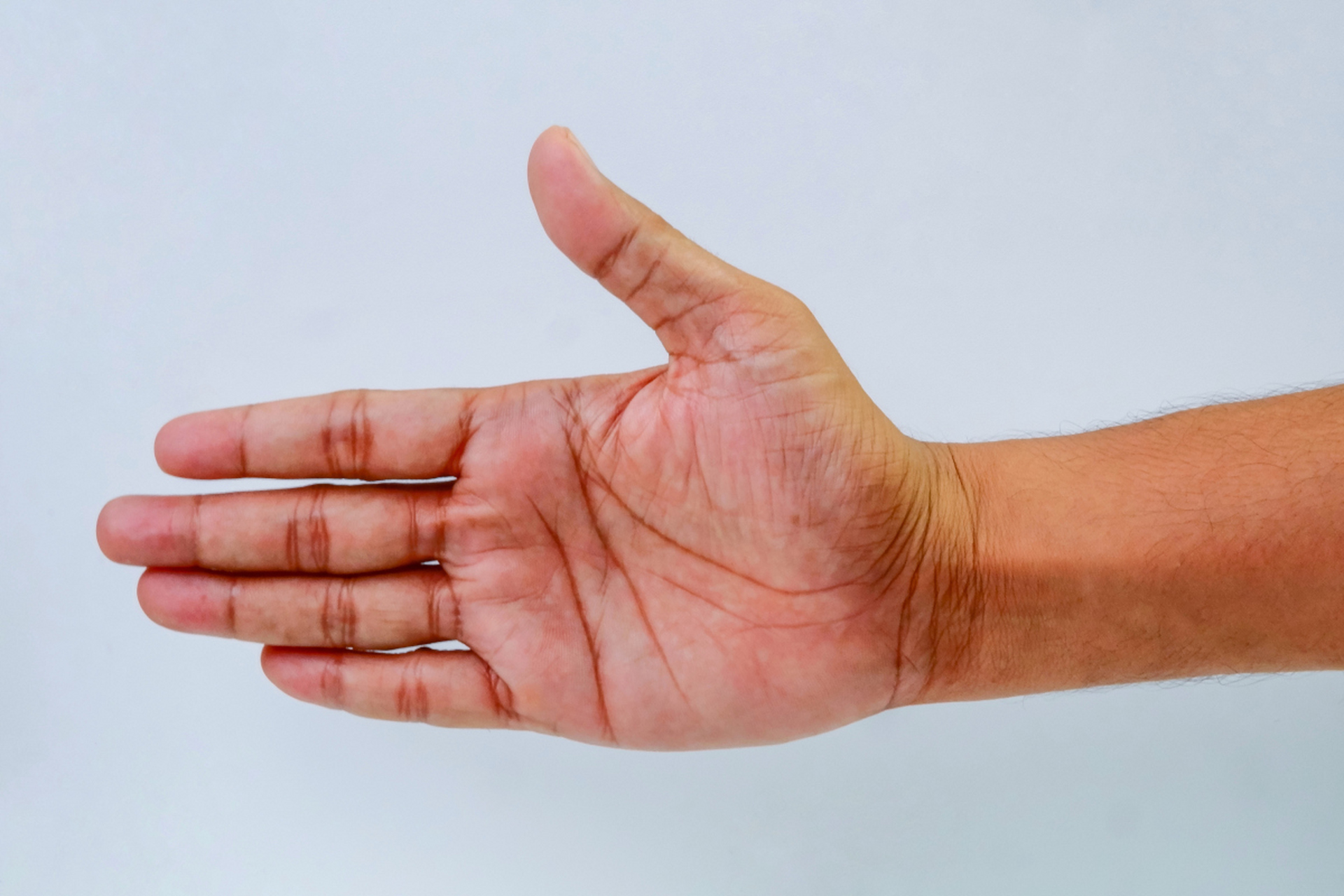The resurgence of cold water immersion as a recovery modality has transcended athletic circles to become a mainstream wellness obsession, but the scientific reality behind this icy practice is more nuanced than social media influencers suggest. Emerging research reveals that cold plunge therapy triggers profound physiological responses, including a 300% increase in norepinephrine levels and activation of cold shock proteins that may enhance cellular repair. However, these benefits come with caveats—improper implementation can blunt muscle adaptation from strength training and potentially disrupt crucial inflammatory processes necessary for long-term recovery. The therapy's true value lies not in its extreme nature, but in precise protocols that account for individual physiology, workout timing, and specific recovery goals.
Recent studies at the Norwegian University of Science and Technology have identified the "goldilocks zone" for cold exposure—water temperatures between 10-15°C (50-59°F) for durations of 3-5 minutes appear to optimize benefits while minimizing potential drawbacks. This range sufficiently activates brown adipose tissue to boost metabolism without suppressing the inflammatory response needed for muscle repair. Advanced practitioners are now incorporating contrast therapy—alternating between cold and warm immersion—to leverage the benefits of vasoconstriction and vasodilation. The most sophisticated protocols use heart rate variability (HRV) monitoring to determine ideal timing, as plunging too soon after intense exercise may interfere with muscle protein synthesis while waiting 2-4 hours appears to preserve strength gains.
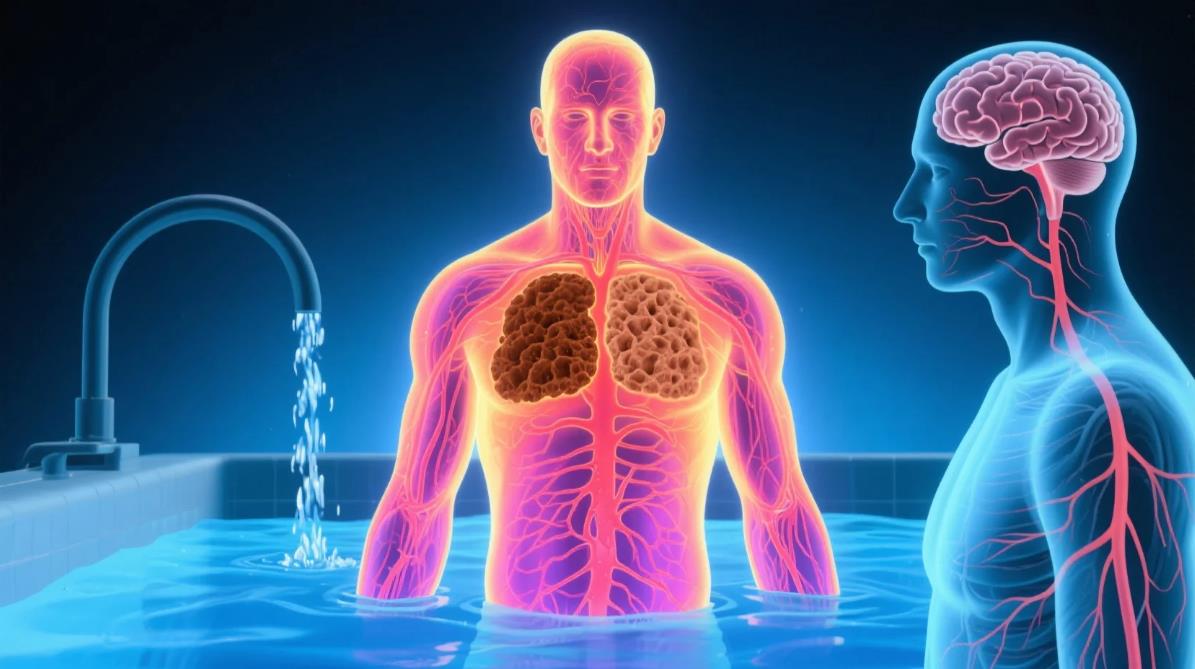
The neurological effects of cold plunging are perhaps its most underappreciated aspect. The sudden immersion triggers the mammalian dive reflex, slowing heart rate by up to 25% while increasing cerebral blood flow—a combination that may explain the reported mental clarity benefits. Functional MRI studies show regular cold exposure strengthens prefrontal cortex connectivity, potentially improving stress resilience. However, these adaptations follow a hormetic curve—excessive frequency or duration can lead to adrenal fatigue rather than resilience. Sports scientists now recommend limiting intense cold therapy to 2-3 sessions weekly for most individuals, with adjustments based on biomarkers like morning cortisol levels and HRV recovery scores.
Commercialization of cold plunge therapy has outpaced scientific validation in many respects. While elite athletes have used customized cryotherapy chambers for decades, the recent proliferation of affordable home plunge pools has made the practice accessible without proper guidance. This democratization carries risks—improper water temperatures or durations can cause nerve damage, cardiovascular stress, or paradoxical inflammation. The most effective practitioners combine cold immersion with other recovery modalities like pneumatic compression and photobiomodulation to create synergistic effects while mitigating potential downsides.
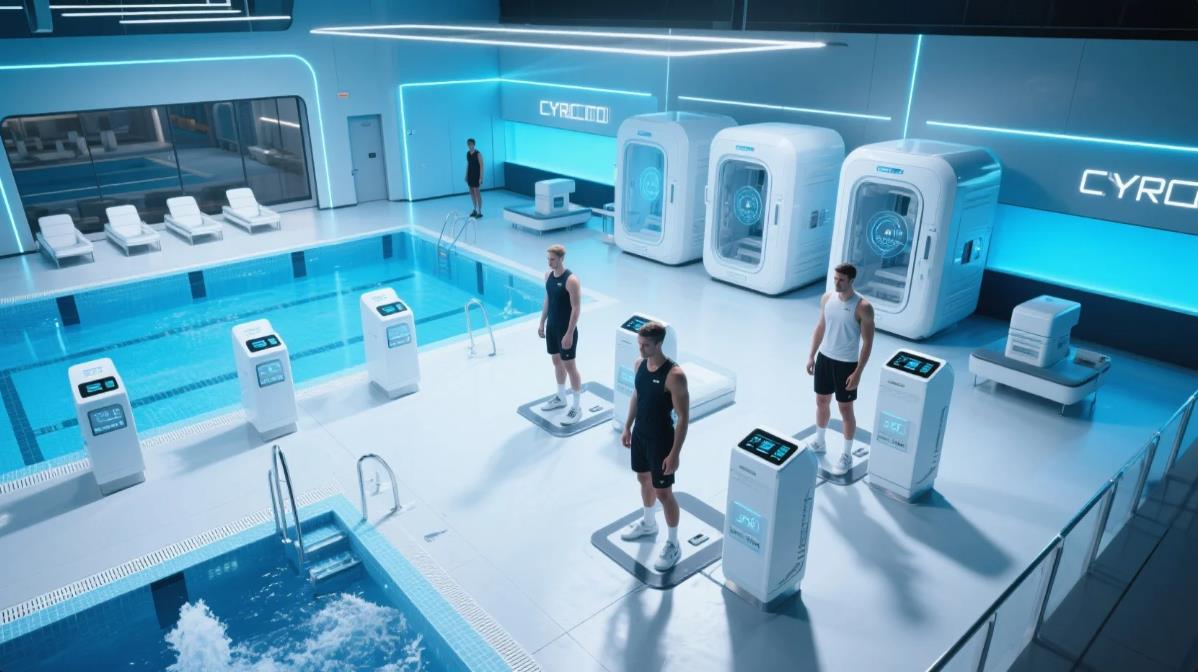
As research continues, cold plunge therapy is finding applications beyond athletic recovery. Preliminary studies suggest controlled cold exposure may improve insulin sensitivity, enhance mitochondrial function, and even slow certain markers of biological aging. The future of this practice likely lies in personalization—emerging technologies like thermal imaging and continuous core temperature monitoring will enable precise dosing based on individual responses rather than one-size-fits-all recommendations. When implemented judiciously, cold plunge therapy represents a valuable tool in the recovery arsenal—but like any powerful intervention, its benefits are contingent on moving beyond extreme branding to evidence-based application.
